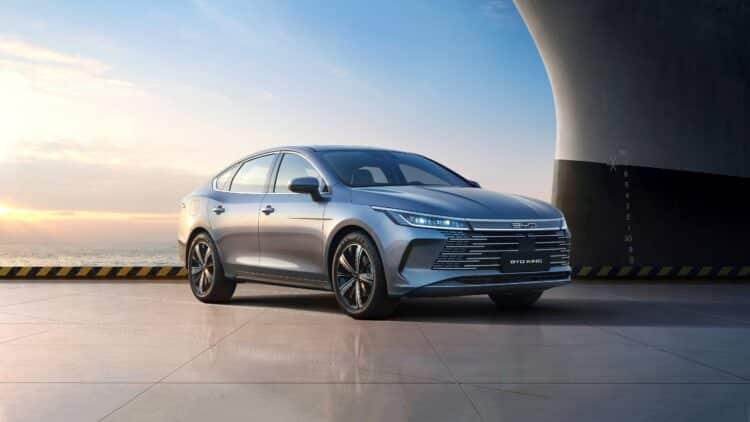Chinese electric vehicle giant BYD is preparing to shake up Japan’s automotive landscape with an unprecedented move into the country’s beloved kei-car segment. This strategic assault on Japan’s most protected market represents more than just another product launch—it’s a direct challenge to decades of domestic dominance in ultra-compact vehicles. With plans to unveil their mini EV by late 2026, BYD threatens to disrupt an $18 billion market that Japanese manufacturers have controlled virtually unchallenged for generations.
BYD targets Japan’s lucrative $18 billion kei segment
The kei-car category represents Japan’s automotive soul, accounting for approximately one-third of all new passenger vehicle sales nationwide. BYD plans to launch its first all-electric kei car by late 2026, with expectations for a preview at the upcoming Japan Mobility Show 2025. This segment, characterized by ultra-compact vehicles under 3.4 meters long with limited engine capacity, has remained virtually untouched by foreign competitors throughout its history.
Japanese carmakers such as Suzuki, Daihatsu, and Honda have long set the pace in such an area. The attractiveness of the kei car segment hinges on an unparalleled blend of affordability, compact size, and eco-friendliness. BYD’s debut in the Japanese car market may usher in the first taste of global competition for a long-closed industry. Electric cars may become a new standard much earlier than Japanese carmakers had initially planned.
The Chinese car giant’s lineup of electric and hybrid models has been gaining favor with Europe’s car-buying public.
Japanese automakers face an electrification wake-up call from China
Experts from the industry consider that BYD’s mini EV project represents a wake-up call for the conservative car industry of Japan. BYD’s mini EV offers challenges to Japanese car manufacturers since Japanese car manufacturers were actually quite late in adapting full-electric propulsion for mini cars. The main justification for this solution resides in the high costs of the batteries and infrastructure that support full-electric solutions in the mini car category. Japanese mini car manufacturers had been working on hybrid cars and fuel cells.
However, BYD’s Battery Technology capabilities may turn the tide on these considerations. BYD’s Blade Battery Technology provides improvements in affordability, durability, and improved heat dissipation capabilities that offer an economic advantage over existing solutions. BYD’s pricing plans that have been successful in Europe and Southeast Asia may challenge Japanese companies’ existing competitive structure within Japan. The BYD Blade Battery system offers better safety and cost advantages than the ordinary Li-ion battery.
Government carbon neutrality targets accelerate EV adoption pressure
The Japanese government’s pledge to become carbon-neutral by 2050 increases the need for Japanese carmakers to accelerate EV adoption across various model ranges and vehicle types. The Japanese government has set ambitious environmental targets that aim to promote rapid EV adoption, but the Japanese EV adoption rate of less than 3% of new car sales is disappointingly low. This opens a door for another aggressive competitor, such as BYD, to rapidly gain a bigger share of the Japanese car market. This may help BYD to offer competitive pricing for the kei car model without compromising on profitability.
Competitive factors include:
- BYD’s existing battery technology and manufacturing capacity
- Competitive pricing structures are assessed on a global scale.
- Japanese producers’ delayed pace of electrification
- Government pressure for an increased pace
BYD’s intended foray into Japan’s kei car market is an indication of more than just an impending market. Rather, it represents an impending shift away from Japanese automaker dominance within Japan’s shores. As the EV revolution increases at an accelerating pace around the world, Japan’s reaction to the Chinese challenge may very well determine the future of Japanese dominance within the compact car industry. The implications could hardly be more severe.


